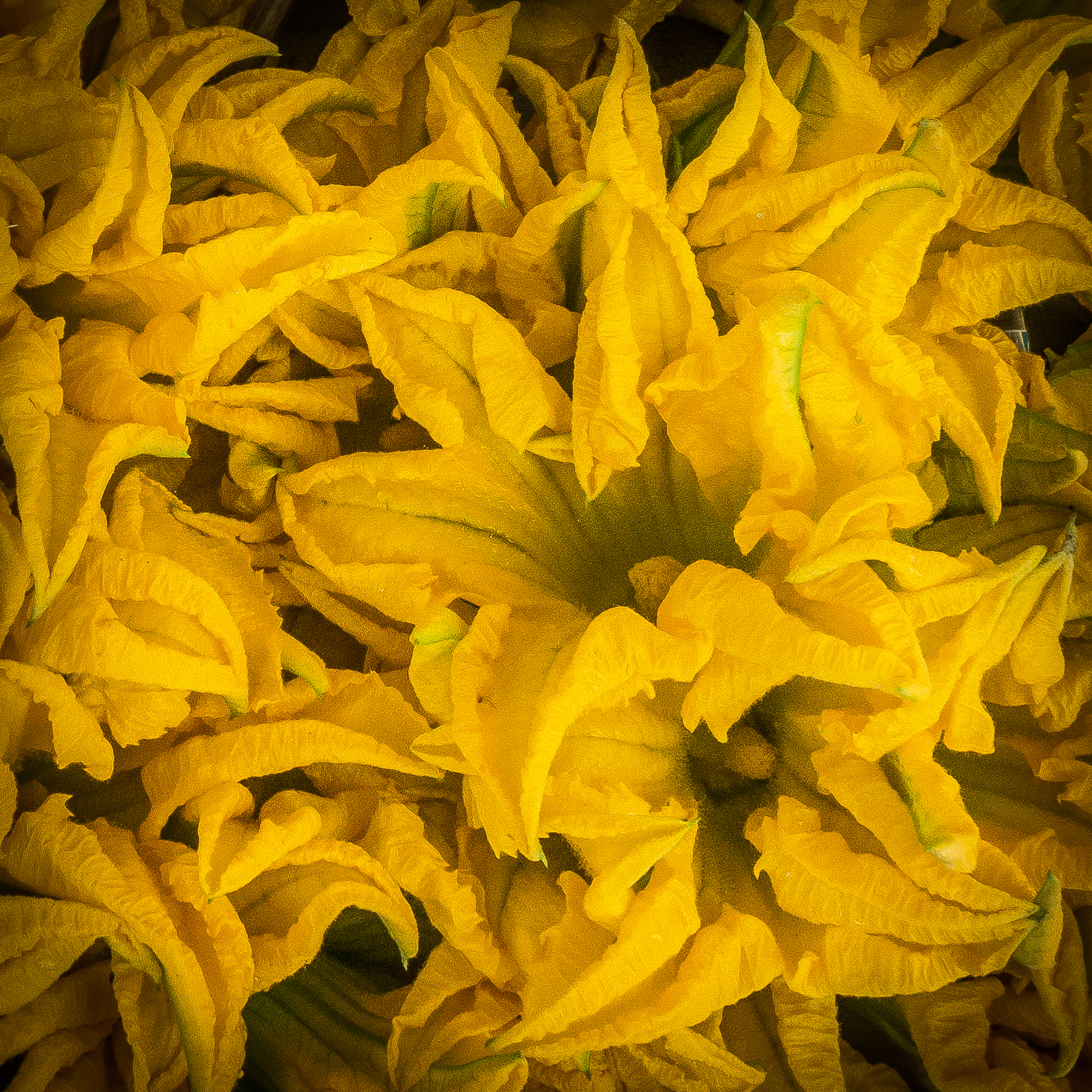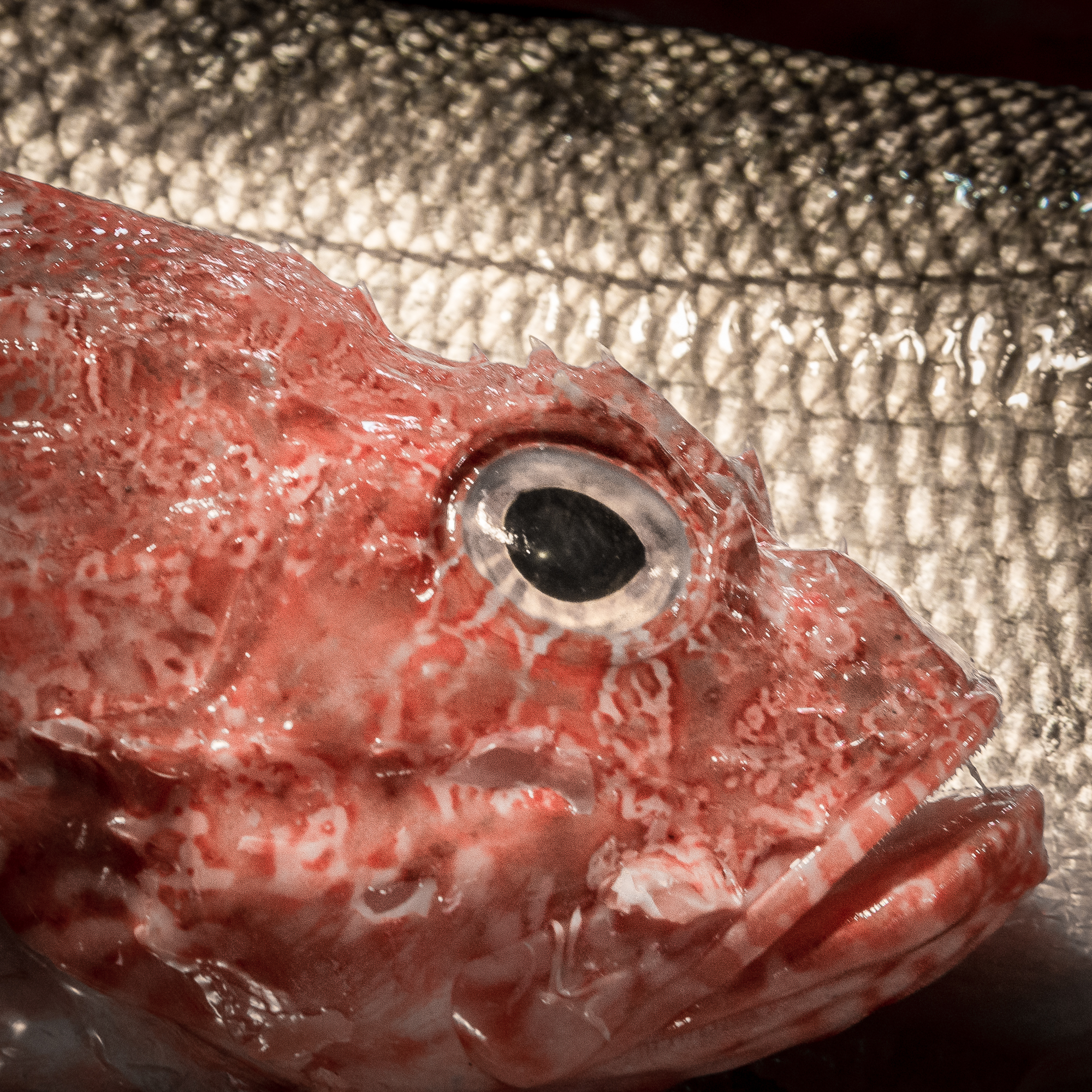[Note: This article has two parts: the usual transforming the snapshot part, and a part about this doors mysterious and flabbergasting security]
“Formidable is the word for this green door with its complex locking mechanism. Maybe this old timer was the home of someone with a lot to protect, like a Venetian jeweler.”
I have an affinity for old, Italian doors. That affinity is somewhere between I-think-they-are-swell and I-have-an-old-door-fetish.
I am captivated by their historical significance. Like, for the door below: who lived beyond that entrance? How many lifetimes were experienced here?
What was their profession? How large was the family? What was their fate? Did they help to shape the fate of Italy? Or were they maybe early-day couch potatoes just whiling away the day doing nothing?
Whatever happened behind those closed doors, it happened a long time ago, and over many, many years.
And these particular doors? Formidable is the word for this green door with its complex locking mechanism. Maybe this old timer was the home of someone with a lot to protect, like a Venetian jeweler.
And regarding its level of security, I was flabbergasted! So don’t miss the ‘Extra-Added Bonus’ at the end of this article.
The Door Transformation
When I took the original snapshot to the left, I made a big mistake. That mistake was in my framing of the original shot and my unwittingly not accounting for a more robust aspect ratio for later printing. What I mean is that if I wanted an 8x10 print, and if I cropped down from the top to the spot I wanted so that I could eliminate uninteresting space above the door, I would have white or blank space to the left and right of the door.
To avoid this problem, I usually try to back away from the subject of my photo to capture more than I think I will need. Using a Nikon D800 with its 36mp sensor, gives me a lot of image area in which to crop to common printed photo sizes without losing resolution.
What all of that gibberish boils down to is that I needed a bit more image to the left and right of the door to allow me to keep the composition I wanted while satisfactorily allowing me to print to, let’s say, an 8x10 photo. But as usual with Photoshop, where’s there’s a problem, there’s a solution.
That solution can be seen in this next photo, where I’ve added more image to each side. In the photo above, notice that there are not quite 3 long-carved-out-thingies to the right of the top of the door; where in the photo below, there are 4 ½ of these long-cared-out-thingies. [Please forgive me for using such technical photographer’s terms here] You can see a similar transformation to the left of the door. Now, with the extra added bit of photo to the left and right, if I crop down to the point that I want, I can have a pleasing composition.
Next I can work on aging the door a bit, primarily through color, texture and making it richer through darkening, as in this next photo.
But we’re still not there.
I’m not sure exactly when mail slots in doors came about, but it was surely after the time period that I wanted to portray for this door. So I eliminated the modern mail slot. And note that in the version just above, I had already eliminated the round-key-hole-thingie in the center of the door (sorry about using those technical terms, again).
As I found the door color and finish to be a bit bland, I transformed it a bit to brighten it up, as you can see in this final image.
“Pretty cool huh? But that’s not the half of it, folks!”
So, there you have it! One more door transformed to satisfy my door mania.
When I run out of doors to transform, I think another trip will be in order!
You can find this door and many more on my website in the Venice-Doors gallery.
Extra-Added Bonus
But, here is an extra-added bonus about this door and its locking mechanisms. And first, let me say that though I did eliminate some of the elements on the door as described above, I have added absolutely nothing to the image with Photoshop. What you see below is actually there.
When you look at the finished photo above, see that long squiggly bar going from the top of the right door to the mid-point of the left door? Well, that little orangie thing in this photo…
…has a key hole to release that bar so that it stops doing its security thing. Open that lock and you can then rotate that squiggly bar away to open the doors.
Then, just below the door pull on the left part of the door is a small key hole that takes a squarish key – as seen in this photo.
What’s that about?
And for even more mystery, there are two keyholes in the lower part of the right door – seen in this photo. Why are they way down at the bottom of the door, and why are there two of them?
Hmmm, the plot thickens.
Pretty cool huh? But that’s not the half of it, folks!
In the finished door photo way up above, see that long bar that hangs down to the steps in the lower part of the right door?
When you swivel that bar up to the left to its horizontal position, and when you put a pad lock on it through the ring on the left door –seen here…
…that horizontal bar covers up the two keyholes you just saw so that a key can’t be inserted into either of them. Holy my golly, what is that all about?! This is like some dawn-of-man combination locking system.
I must say that this door, with its complicated locking mechanisms, really appeals to the engineer that still lurks somewhere inside of me.
I hope you found this door interesting. Tell me what you think about this door using the comment box below.
Ciao for now,
Steve
















































